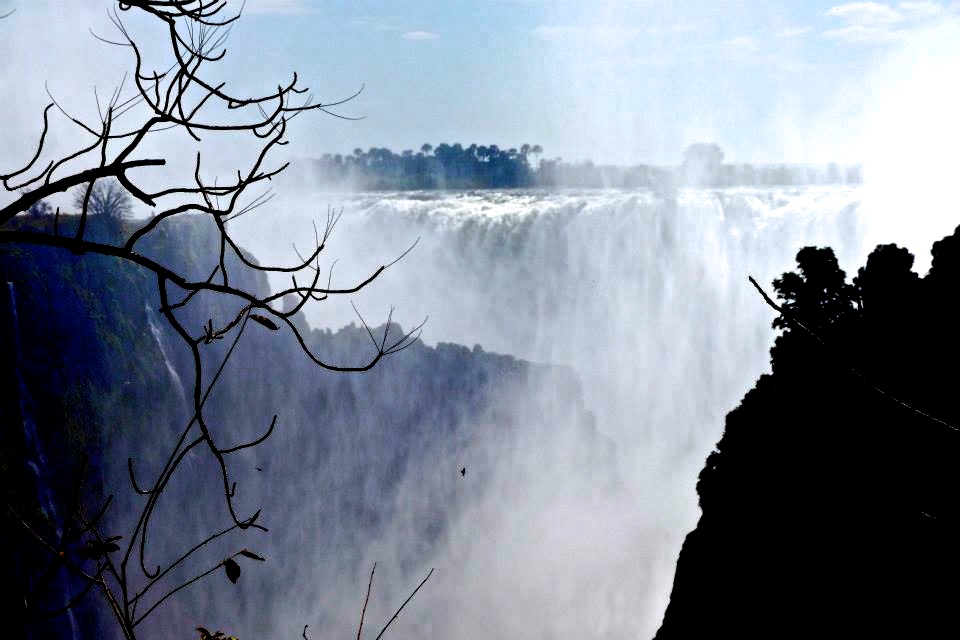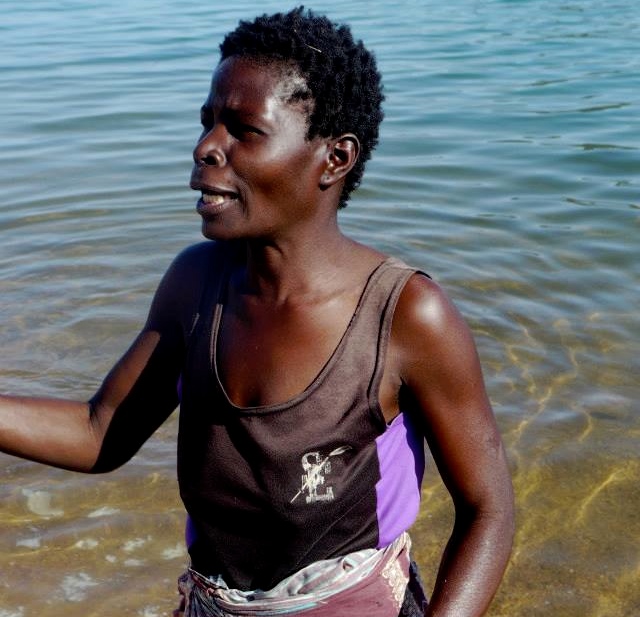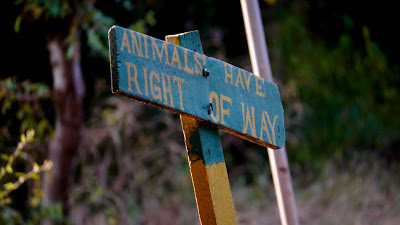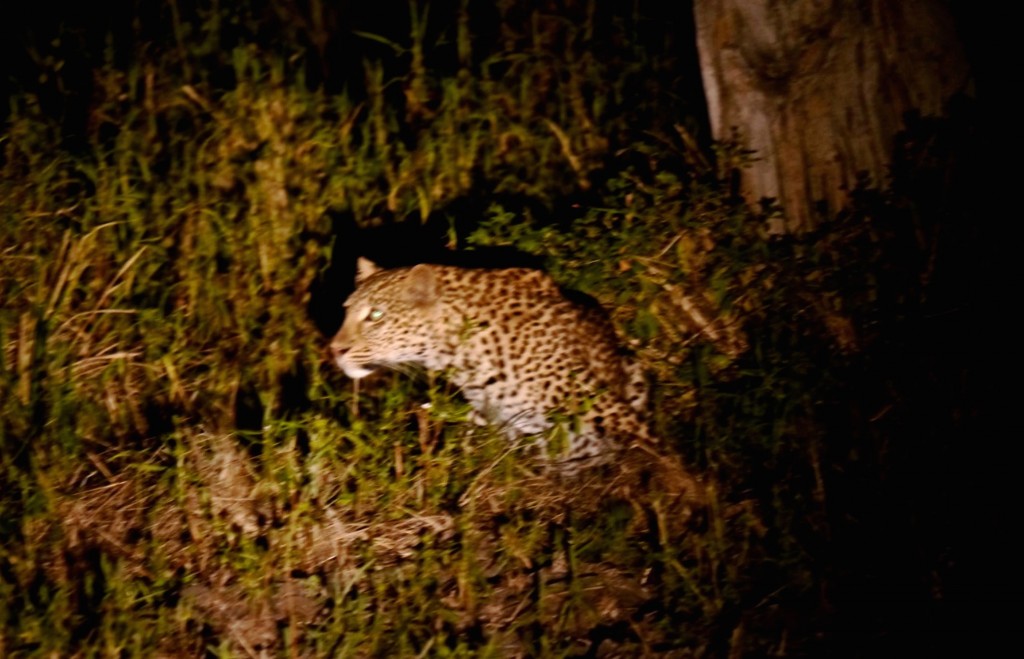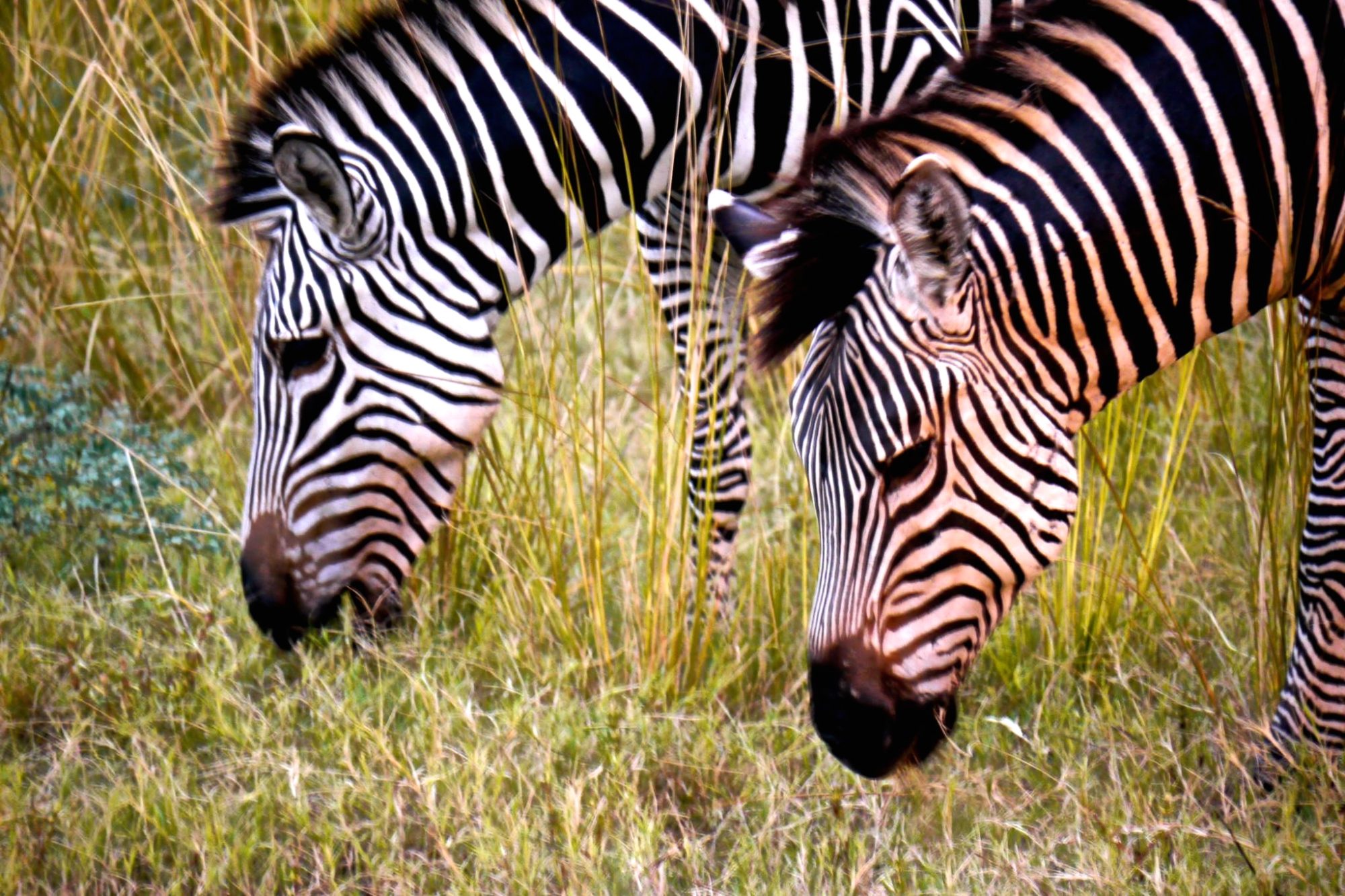
Night Drive in South Luangwa National Park
After a few relaxing days in Malawi, we said a painful goodbye to the stunning lake and headed back westward, toward home.
Perhaps it was because of the paradise we found at the lake, or perhaps it was because we knew that going back through Zambia only meant that our three-week adventure was coming to a close, but departing Malawi was difficult for all of us.
And perhaps Malawi was sad to say goodbye to us too for, though we tried our best to travel from Cape Maclear to Chipata in one day, we weren’t even able to make it out of the borders of the this tiny sliver of a country by nightfall. I like to think that our inability to leave Malawi was the country’s desperate attempt to hold on to us.
Since we were unable to reach Chipata before dark, my friends and I found a hostel in Lilongwe, relaxed for the evening and left for Chipata early the next morning.
The trip from Lilongwe to Chipata took the better part of the morning and brought us into Zambia by the early afternoon. From there, my friends and I discussed our onward plans. After a lengthy discussion and hours of evaluating our best options, Abby and I decided to travel onward to South Luangwa National Park, while our friends would continue to Victoria Falls.
Thus, later that afternoon, Abby and I found ourselves in a car, headed to the park that many consider to be one of Africa’s best kept secrets.
South Luangwa National Park sits in the lush Luangwa Valley of Eastern Zambia. To reach there, we drove for three hours from Chipata to the city of Mfuwe, passing traditional villages, open savannas and verdant mountains. We were both giddy with excitement, for we had heard some people even refer to the park as one of the best wildlife sanctuaries in the world.
The driver took us directly to Croc Valley, our campsite that overlooked the gently-flowing Luangwa River.
We did not have much time to settle into camp, for we had already arrived a bit late for our safari. Unfortunately, due to time and money constraints, we were only able to accommodate one safari drive in the park and had to choose between a night drive or one in the early morning. We both decided it would be interesting to go on a night drive, since we had already seen many animals during the day on our walking safari in the Okavango Delta and since we had been told that our chances of seeing the elusive leopard were higher after dusk.
It was still light when we began our safari, and we were able to spend the first two hours absorbing the beautiful nature of our surroundings.
Every few minutes, one of our guides would point out animals and let us stop for pictures. Before the sun set, we saw many different varieties of antelope, including kudu, puku and impala. We were also able to see warthogs, hippopotamuses, crocodiles and a variety of birds.
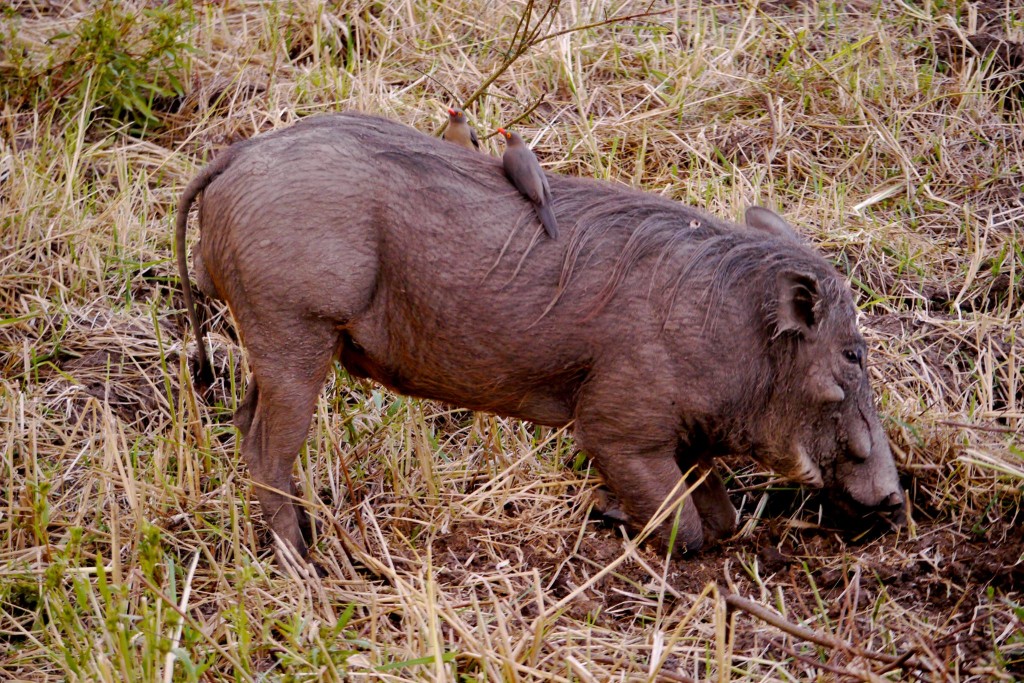
As the sun began to set, we stumbled across a stunning herd of Zebras. We drove directly up to the animals and spent a few minutes admiring their delicate coats.
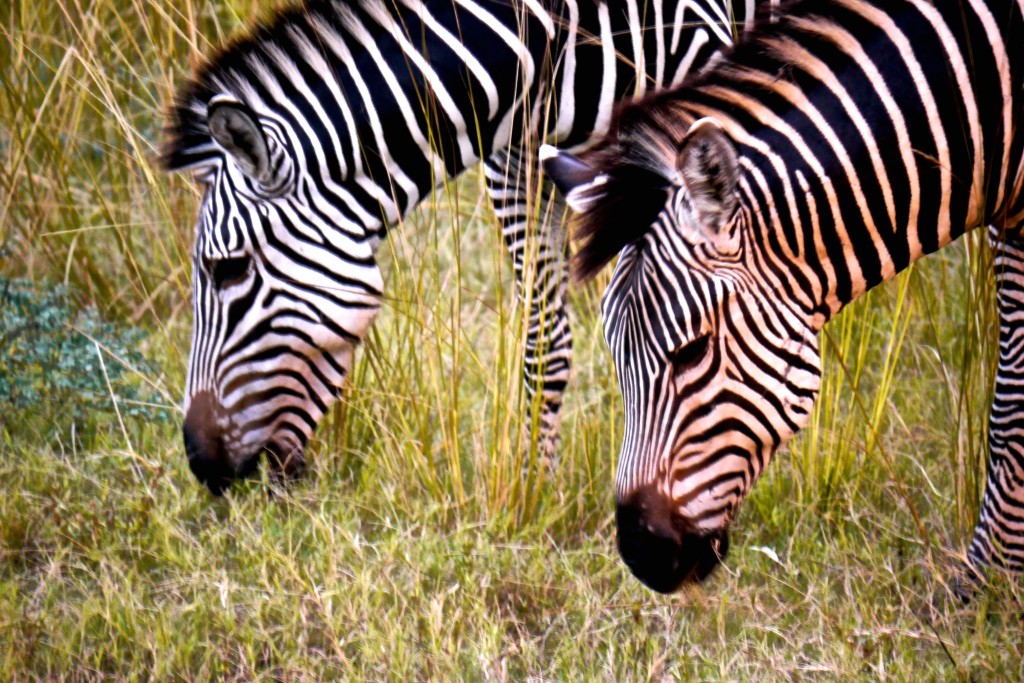
Not long after our zebra sighting, the sun sank lower and darkness engulfed our surroundings.
When darkness fell, the nocturnal animals came out and intersected our path. Hippos emerged from the water in search of food and civets and genets–two raccoon-like cat species that are widespread across much of Africa– got caught in the vehicle’s headlights.
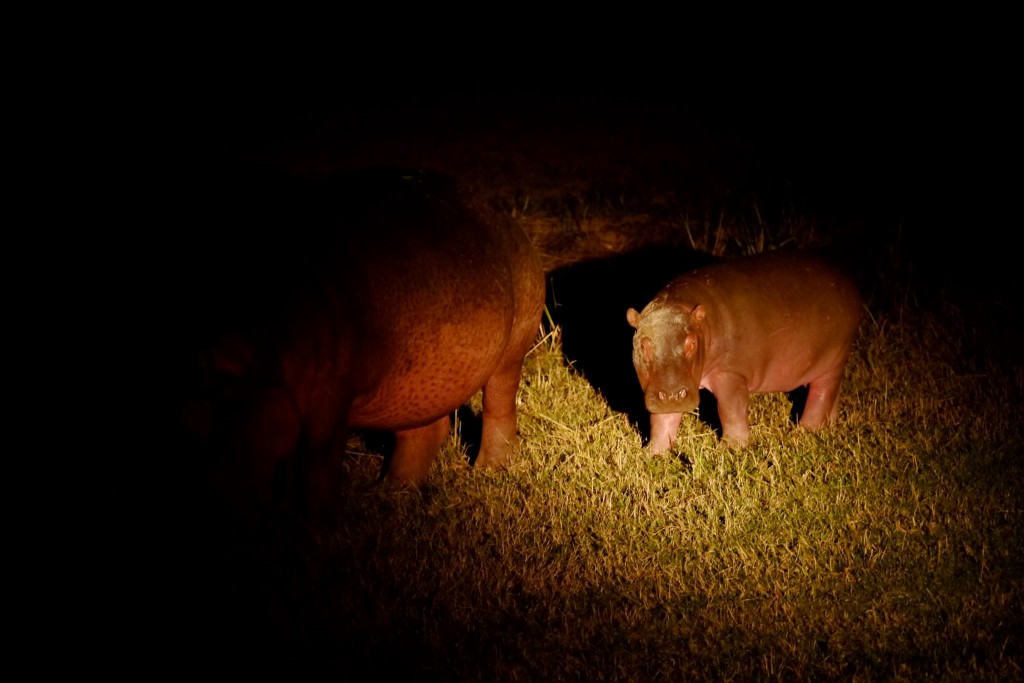
About three quarters of the way through our drive, however, we spotted the most prized sighting of the night–a beautiful leopard sitting under a tree. The leopard was eyeing a puku and getting ready to pounce on its prey.
The secretive leopard is the most elusive of Africa’s Big 5. Leopards are generally pretty hard to find because they are shy and often hide in trees. I feel so grateful that luck was on our side during our safari and that we were able to see the beautiful animal up close.
Unfortunately, the low light and my lack of tripod made it difficult to capture a good image of the leopard and each attempt turned out to be a bit fuzzy.
In my memory, however, the image of the leopard stalking its prey is more beautiful and more defined than any high resolution image could ever be.
